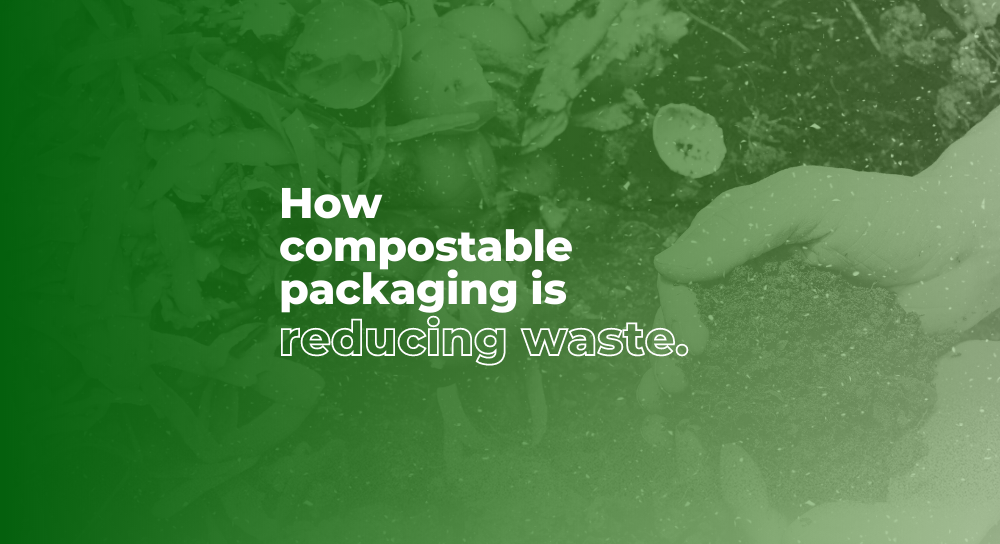Disposable food packaging is popular in the foodservice industry because it makes serving meals simple and sanitary. However, after usage, it degrades into waste, posing significant problems for the environment. Over time the convenience of disposable packaging has a tremendous impact on our environment. Every year, it is projected that three billion coffee cups are sold in Australia. The majority of these aren’t recycled, so they pile up in landfills and end up in our rivers, parks, and oceans. According to the Keep Australia Beautiful – National Litter Index, takeaway cups and takeaway food containers account for 23% (or the second-largest category) of litter by volume in NSW alone.
What can we do to reduce waste?
- Reduce food waste
- Use reusable containers whenever possible
- Use compostable food packaging & products whenever possible
- Start home & workplace compost heaps
We are still far from eradicating wasteful packaging, despite a substantial move towards reusable food and drink containers.
We need to become better at managing our waste, putting in place a system that collects and processes food waste and food packaging together to better serve the environment.
Why use Compostable Packaging?
We can simplify waste collection – compostable packaging can be disposed of together with food waste, and no sorting is needed. That way we can ensure no contamination of recyclable waste streams – the sad truth about paper or plastic recycling for food packaging is that once you put food on a plate it becomes dirty and often cannot be recycled. The same rule applies to all your pretty acai bowls and chia smoothies, they all end up at the landfill – not so pretty, right?
But when food packaging is compostable and disposed of together with food waste it can be processed and turned into compost. Eventually being used to grow more food, which can create a cyclical process that is beneficial to our environment that is super sustainable.
Is it really that simple?
Unfortunately, no. There are a few bumps along the road and it’s vital to keep in mind that not all “compostable” packaging is created equal. For different types of materials, different composting methods are necessary. Some are suitable for home composting and worm farms, while others require a specific set of conditions found exclusively in industrial composting facilities.
There is no universal labelling system for compostable packaging
Because it is such a new market, there is a lot of conflicting and even “greenwashed” information out there. Making it difficult to tell the difference between different forms of packaging and respond to simple inquiries such as, “Is this box compostable?” What compostability rating does it have?
There is no system in place for waste disposal and collection
To make the compostable packaging work in practice, we all need to work together on these issues, which involves making household compost heaps and office compost heaps widespread.
How EkoPak’s range of bagasse packaging fits in
Our compostable bagasse containers are similar to many other compostable packaging solutions on the market, but they have a unique feature. It not only decomposes in 45-60 days due to its compostability, but it also produces compost that is full of nutrients and beneficial to plants and the environment. Our compostable containers not only break down and disappear they also help to nourish to the environment.
Want to start your own compost heap?
Interested in supporting the environment and doing the right thing for your world – shop today – https://pacfood.com.au/shop/

